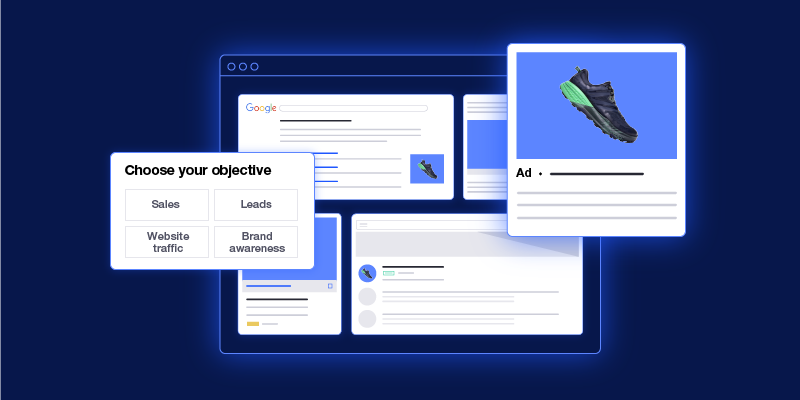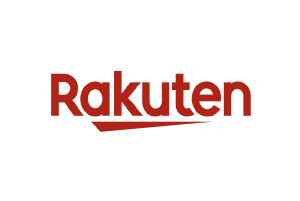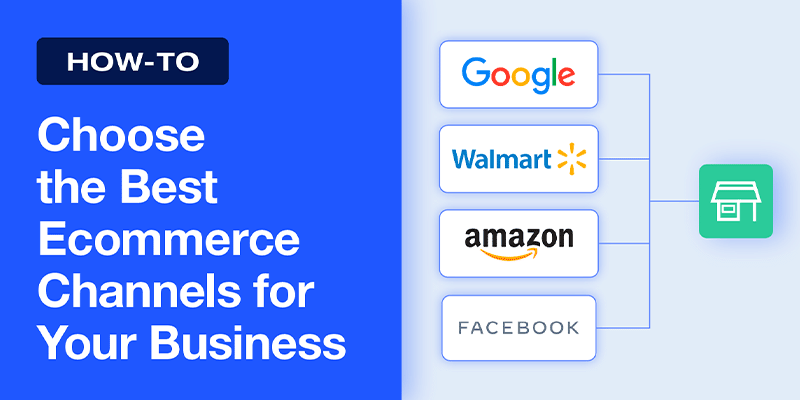Multichannel—it’s been one of the most popular terms in ecommerce for several years now, and for good reason. Statista reported that multichannel ecommerce sales in the US increased by nearly 20% in 2021, and they’re expected to exceed $500 billion by 2023.
What is multichannel ecommerce?
Multichannel ecommerce (also known as multichannel retail) is the practice of selling or listing products on more than one channel. When implementing a multichannel strategy, the channels included can be brick-and-mortar locations, digital platforms, or a combination of both.
More storefronts mean more opportunities
According to Omnisend, the purchase rate of campaigns using three or more channels is 287% higher than single-channel campaigns. Simply adding more channels to your ecommerce strategy gives customers more opportunities to discover products and purchase from your brand.
But what channels should you add to your multichannel strategy? Continue reading for insight on how to get started!
Multichannel 101: Types of ecommerce channels
The first step to building your multichannel strategy is understanding the major multiple sales channels types: marketplaces, social media, search engines, and affiliate networks.
Marketplaces
A marketplace is a channel where third-party merchants list and sell their products directly on the platform. Transactions are processed on the marketplace, rather than on a seller’s website. Amazon, eBay, Walmart, and Target Plus are examples of online marketplaces that sell a broad selection of items. There are also specialized marketplaces suited for selling products within specific verticals using multi channel ecommerce software.
Why sell products on a marketplace?
Access to a built-in customer base
Marketplaces have an established customer base of already engaged shoppers. Selling products on a marketplace increases your brand’s reach and enables shoppers to use a checkout process they already trust.
All-in-one platform that you don’t have to build or maintain
When you sell on a marketplace, the hassles of designing a website, maintaining security, and processing transactions are largely taken care of by the marketplace. Many marketplaces also remarket your product listings to interested customers or automatically add them to display campaigns.
Featured ecommerce marketplaces

Amazon

Walmart

eBay

Target+

Facebook Shops

Instagram Checkout
Social Media

A social media platform is a website or app that connects users with common interests. It is an excellent way to interact with your target audience on a personal level and increase your brand awareness.
Why sell products on social media?
Humanize your brand
A recent study showed that 76% of customers are more likely to purchase from a brand they felt connected to. Using social media to engage with customers can garner brand loyalty.
Reach new customers
With social media, you can reach your customer via organic and paid means. Targeting your particular demographic is easy by organically engaging with your followers or using the social media platform’s advertising capabilities. Social platforms are increasingly adding native checkout options, so users can complete purchases without ever leaving the app.
Remain top of mind
Connecting with customers on a social media platform they frequent is an excellent way to remain top of mind. Popping up organically as they browse their feed helps customers think of you first when they need a particular product or service.
Featured social channels for ecommerce




Snapchat

TikTok
Search Engines

A search engine is a channel where people submit search queries that return relevant results. The most popular search engine is Google; it captures more than 85% of the market share among search engines. Search engines are excellent tools for brand awareness and reaching new customers.
There are four types of search engine campaigns: shopping ads, display ads, local inventory ads, and remarketing.
Shopping Ads
Also known as product listing ads (PLAs), these ads showcase a product image, title, price, and other product data in response to search queries.

Source: Google
Display Ads
Display ads are images or videos shown across a search engine’s display network. Google’s display network, for example, encompasses 35 million websites and apps, as well as other Google-owned properties, like YouTube and Gmail.
Local Inventory Ads
Local inventory ads (LIAs) are similar to product listing ads, but their purpose is to promote inventory currently available at nearby brick-and-mortar stores. These ads are great for driving shoppers to your door.
If your brand has a physical storefront, offering services like in-store pickup and local delivery are excellent ways to save customers time. Many online shoppers fear that a product will arrive at their door and look nothing like the item they purchased. A physical location gives customers peace of mind that the item they purchase is what they want. And if it isn’t, they can simply return the item to the store.
Remarketing
Remarketing, or retargeting, uses customer data to connect people to products they’ve already shown interest in. These ads remarket previously viewed products to the user, calling them back to complete a purchase or consider similar options.
Why sell products on search engines?
Drive traffic to your website or product catalog
Ranking higher in search results increases the likelihood of customers visiting your website and purchasing your products. The top organic result on Google Search has an average click-through rate of 27.6%.
Audience targeting via ad campaigns
While ranking organically is ideal, search engines offer advertising solutions to help brands target specific customers and bid on highly valued ad real estate. Search engine ad campaigns allow you to pay to appear at the top of your ideal customer’s search results.
Increase your brand’s overall discoverability
More than 59% of shoppers use Google to research an in-store or online purchase. Promoting your brand on search engines connects you to a massive audience of potential customers looking for products and asking questions related to your brand or industry.
Featured search engine channels for ecommerce

Google Shopping

Microsoft Advertising
Affiliate networks
In digital marketing, an affiliate network is a platform that works to connect marketers with affiliates (publishers, influencers, bloggers, etc.) to create advertising campaigns and programs. In the US, affiliate marketing spend is projected to grow to $8.2 billion in 2022, up from $5.4 billion spent in 2017.
Why use an affiliate network to sell products?
Partner with vetted affiliates
According to a study by Oracle, 37% of consumers trust social media influencer messaging over branded messaging, so working directly with affiliate marketers offers more opportunities for sales. Unfortunately, researching and vetting affiliates for your brand can be a full-time job within itself. Working with a network allows a service to automatically connect you with high-quality affiliates whose sphere of influence matches your primary demographic.
Highly targeted marketing
An affiliate network works to connect you with multiple influencers whose following matches your ideal customer profile. Partnering with an affiliate can help increase the discoverability of your brand by a specific audience.
Featured affiliate networks for ecommerce

Rakuten

Partnerize

AvantLink

Impact

Awin

CJ Affiliate
How do you determine which channels to add to your multichannel strategy?
The channels you choose depend greatly on your industry, product, and clientele. Now that we’ve covered each channel type, it’s time to look at your brand and what channels best fit with achieving your business goals.
Your industry and business model
Multichannel isn’t a one-size-fits-all strategy. For example, a manufacturing brand that sells directly to consumers might prefer to maintain total control over the customer experience. Although adding marketplaces to its current strategy could help the company reach more customers, it would also have to make some sacrifices in terms of owning the customer. However, the brand could still benefit from social media and search engine campaigns to drive traffic to its website and promote brand recognition.
Your customers
Understanding your customer is essential for ecommerce success. Who is your customer? What is your customer’s intent when they seek your product? What problem does your product solve? Where does your customer look to find your product? The answers to these questions will dictate your ecommerce channel strategy.
Review your current customer lists and analyze any trends you find. You can even survey your customers to get insight on pain points or what factors influence their purchasing decisions. Take this information and build a profile of your ideal customer, also known as a buyer persona.
Your competitors
You can learn from industry competitors who have achieved success already. Conduct a competitive analysis of other businesses in your industry and see what strategies have worked for them in the past. This helps reduce the amount of trial and error necessary for hammering out your multi channel e-commerce solution.
Your budget
Committing to channel expansion takes a great deal of time, effort, and investment to ensure proper implementation. When working with limited resources, it is best to add channels slowly to safeguard against overwhelming a single aspect of the operations in your business.

With its leading data feed management platform, Feedonomics helps brands, retailers, and agencies optimize and list products on hundreds of shopping destinations around the world. Learn more about our full-service solutions for advertising channels and marketplaces.




